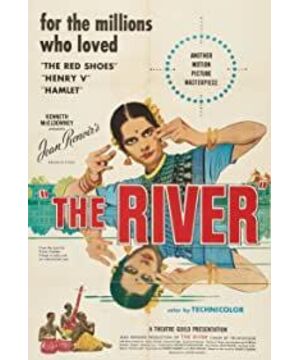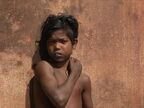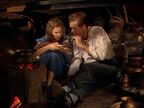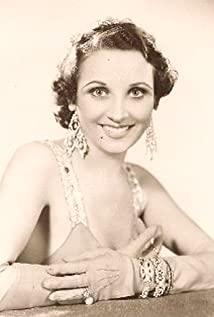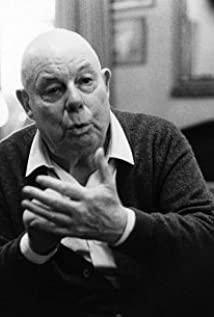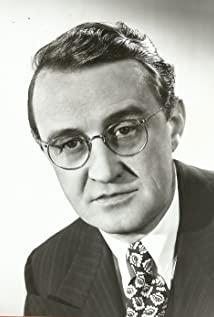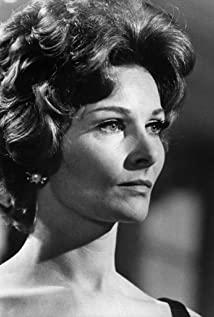Compared with this, the film seems to be more keen on showing the joyous atmosphere of major festivals, bustling markets, religious sacrifices... and even spares no space to show a marriage story written by the eldest daughter. Here we can see the sound and picture film. A great invention with the extraordinary ability to fill empty brains, it is not difficult to imagine how Europeans were surprised when they saw an Indian song and dance at a wedding. For the boatman on the'big river', what the photography shows is by no means hard labor under long-term labor, but beautiful lines bathed in sparkling levels. Part of the reason for this may be to avoid conflicts with the bourgeois hypocritical moral values and avoid the sensitive issues of the colonial period. The only mention is a hemp factory, hemp factories, workers, and transportation. All this seems to be just for peace. 'Dahe' is linked.
As for the love story, it is not worth mentioning. A woman is always easy to fall in love with the only man she often sees, especially adolescent girls. In the end, when they slid the letters down on the ground, the men just became the embellishments in their boring lives. A man was gone, a boy died, and the new born was a baby girl as usual.
However, all of the above does not detract from the beautiful photography of the film. As the first annual top 10 of the "Cinema Manual", maybe they have not thought about the style of this "Manual".
View more about The River reviews


